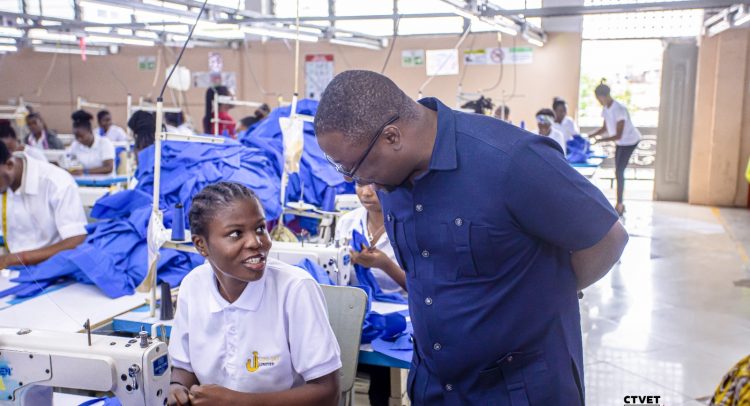The Government of Ghana, through the Commission for Technical and Vocational Education and Training (CTVET), has launched the Ghana Apprenticeship Programme (GAP) to provide competency-based training to 50,000 individuals.
The program, launched by Vice President Dr. Mahamudu Bawumia on March 13, 2024, aims to bridge the gap between traditional apprenticeship systems and modern employment requirements.
The GAP is a five-year program seeking to train 25,000 youth through apprenticeship, develop 100 competency-based training packages in priority trades, accredit 250 training providers, provide 5,000 startup grants, and issue out 700 grants via competitive grant-making.
As of October 2024, 10,608 individuals have completed training at the National Proficiency Level, with enrolment for an additional 15,000 ongoing for the National Certificate Programmes.
The GAP is part of the government’s efforts to revamp and modernize technical and vocational education and training (TVET) to make it responsive to the needs of industry and attractive to the youth.
The program is also expected to improve effective collaboration among employers, training providers, and the informal sector.
The Ghana Jobs and Skills Project (GJSP), a related initiative, aims to create jobs, unleash innovation, and give hope to Ghana’s young population.
The project, supported by the World Bank, will provide entrepreneurship training and startup grants to 50,000 young people.
The National Apprenticeship Policy, which guides the GAP, focuses on harmonizing apprenticeship practice in Ghana and delivering a well-coordinated, inter-sectoral national apprenticeship for livelihood empowerment and socio-economic development.
As Ghana strives to address its youth unemployment challenges, the GAP and related initiatives offer a promising solution.
By providing competency-based training and startup grants, these programs empower young people to acquire the skills needed to succeed in the modern job market.
BY Daniel Bampoe


